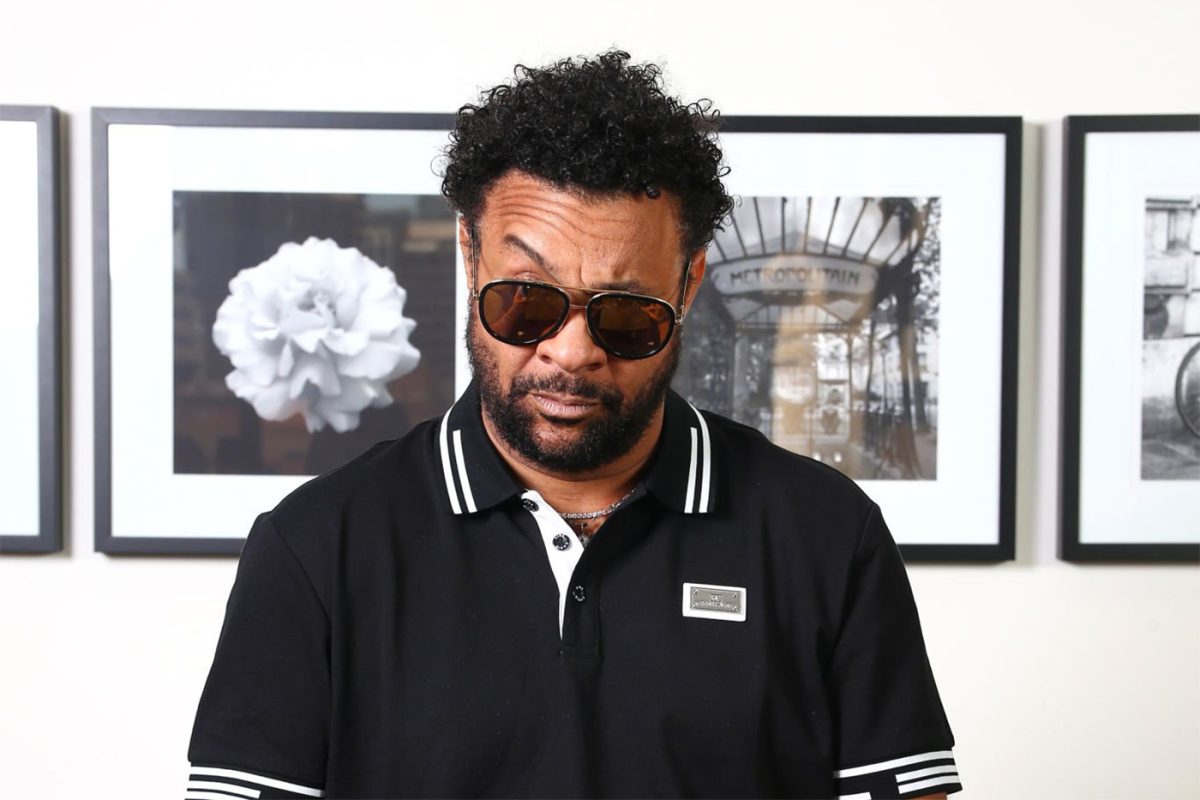Shaggy Touts The ‘Strategic’ Power Of Familiar Samples

There’s a common thread running through most of Shaggy’s crossover hits. It’s a familiarity drawn from the work of others, aimed at disarming listeners and luring ears toward his updated sounds and styles. Shaggy places his faith in the commercial power of samples.
“Because of the market share that we have, you’re not finding a company like Universal spending 5 to 10 million on any Reggae or Dancehall artist. We’re at a disadvantage,” Shaggy recently told DancehallMag. “So you have to use every trick in the book.”
For Shaggy, among the most reliable of these tricks is the magnetic pull of the recognizable. “Catalog music is currently streaming better than current music. Why? Because there’s a huge familiarity to it,” he said. In the recorded music business, catalog music is often considered to be material older than 18 months.
“It gives you the upper hand for people to catch on to something and to stream it easier when they already know it. If an artist has a concert, people are gonna mainly want to hear the hits, right? It’s the same concept [with sampling.]”
Oh Carolina , Shaggy’s first Hot 100 entry, pulled material from The Folkes Brothers and Count Ossie Afro-Combo, James Brown, Henry Mancini, and the Looney Tunes sound design team.
Boombastic reworked Baby Let Me Kiss You by King Floyd. And the Sting International remix of the song had a sample of Marvin Gaye’s classic Let’s Get It On usher in Shaggy’s heavy toasting.
It Wasn’t Me, Angel, That Girl, Piece of My Heart, and Luv Me, Luv Me all followed a similar path.
“It’s strategic,” Shaggy said.
“When I started out, radio stations didn’t play Reggae or Dancehall. It didn’t happen. So how did Shaggy get to be number one globally and sell all these records? By becoming familiar. So if a radio programmer caught it, they might say, Oh, this is Reggae, we don’t play that. But then they’ll be like, Oh, that’s King Floyd. Or oh, but that’s Marvin Gaye. And they’ll program it more, especially if it’s already big in the clubs.”

The usefulness of the practice hasn’t been lost on the current crop of American hit-seekers, either. As Jon Caramanica, a pop music critic for the New York Times, recently pointed out in an article surveying the explosion of sample-based songs, “Many of the catchiest songs of this year were also the catchiest songs of 2007, or 1998, or 1987, both custodians of old memories and triggers of new ones.”
“Three songs relying on this approach went to No. 1 on the Billboard Hot 100,” he noted.
The numbers-driven approach to reviving (or piggybacking on) old hits has fuelled some criticism, directed mostly towards oversaturation and lazy flips. Shaggy, though, sees sampling as a dependable way to circumvent the heavily-guarded gates of the global mainstream.
“I can easily do it a hundred percent my way, but it gives me a leg up,” he said. “And because I’m Dancehall, I’m not easily going to get on many playlists. But if I put elements of other music in there, it’s easier for me to get on these platforms.”
Shaggy’s own hits have supplied other artists with a springboard as well. It Wasnt Me buoyed several follow-ups, among them China by Anuel AA, Daddy Yankee, and Karol G and Strip That Down by Liam Payne and Quavo. China is approaching 2 billion views on YouTube, while Strip That Down is hovering around 365 million.
Sampling, of course, is nothing new. Nor is it always aimed at climbing global charts. Reusing sound recordings in new material drove many of the creative breakthroughs in Jamaican music, from the hallucinatory soundscapes of dub experimentalists to the birth and rise of Dancehall.
Even today, many artists stoke the flames of the past by building new music out of vintage songs. Notably, three of the five albums in contention for Reggae Album of the Year at the 2023 Grammys open with prominent samples – Protoje’s The Charm draws from Dennis Brown’s Oh Mother; Kabaka Pyramid’s Mystik Man channels Peter Tosh’s Mystic Man, and Koffee’s x10 embraces Bob Marley & The Wailer’s Redemption Song.
A fourth Grammy contender, Shaggy’s Com Fly Wid Mi, rose out of the foundation set by Frank Sinatra (and a few of the writers whose work Sinatra sang.)
The album reimagined eleven of these classic songs “inna Reggae stylee,” with Sting at the helm of production. In terms of name recognition, it’s hard to beat Frank Sinatra, one of the most famed performers America has ever produced. And, as Shaggy repeated, that’s strategic.
Not everyone can sample or cover Sinatra, though. In fact, several Jamaican artists and producers have said they face hurdles clearing material produced by artists of much lower profiles. For an independent artist starved of the financial or legal resources of an established record label, it can be difficult to shoulder the risk and requirements of the sampling process.
Still, Shaggy remains secure in the fact that he hasn’t needed to adjust his sample-heavy formula much over the past three decades. As long as listeners have an appetite for the familiar, there’ll be others eager to offer them what they want – Shaggy among them.
